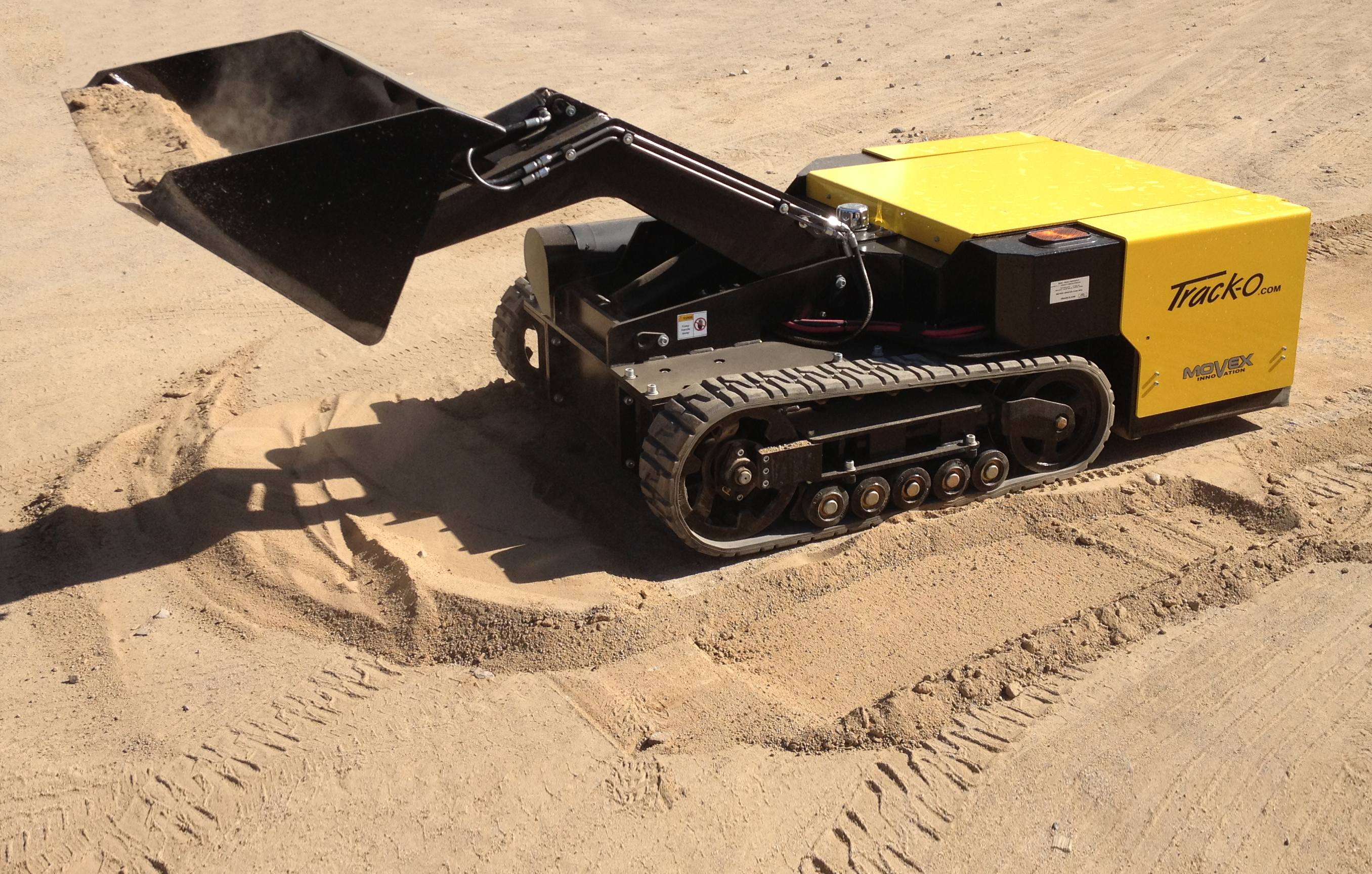
Qatar possesses what is the third-largest reserve of all known natural gas on the planet, behind only Russia and Iran. According to figures taken in January 2011 reserves in the state were measured at approximately 896 trillion cubic feet. This means that it contains as much as 14 percent of the world’s known natural gas.
Established in 1984, and headquartered in Doha, Qatargas is recognised today as being the largest LNG producing company in the world, with an annual LNG production capacity of 42 million tonnes per annum (MTA).
DOWNLOAD
 Qatargas-ME-OilGas-July13-Bro-s.pdf
Qatargas-ME-OilGas-July13-Bro-s.pdf











